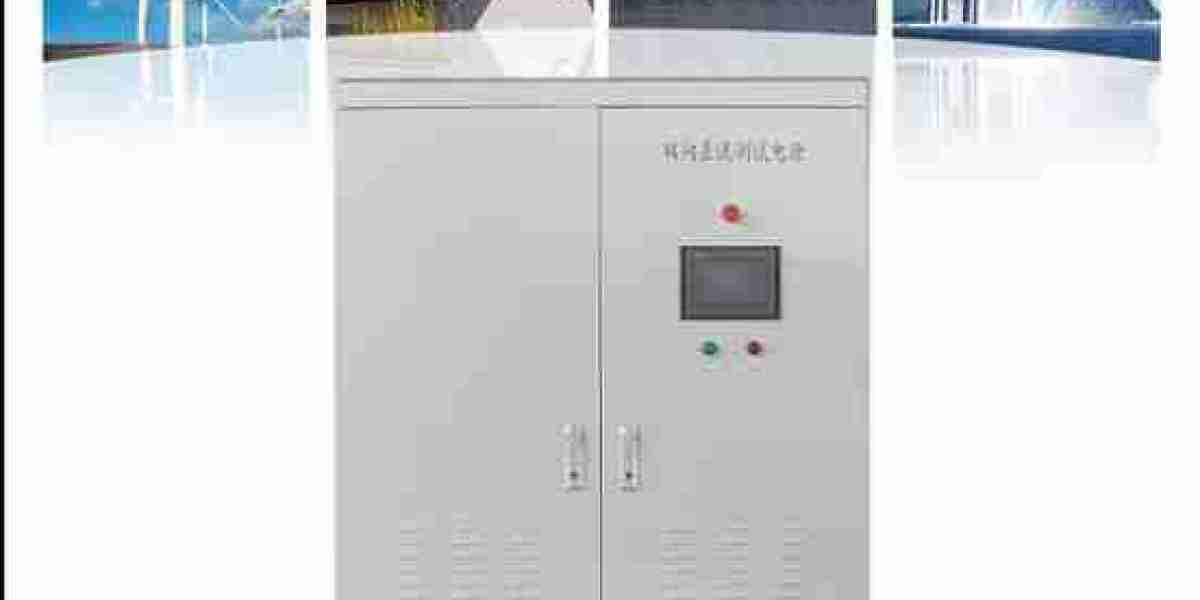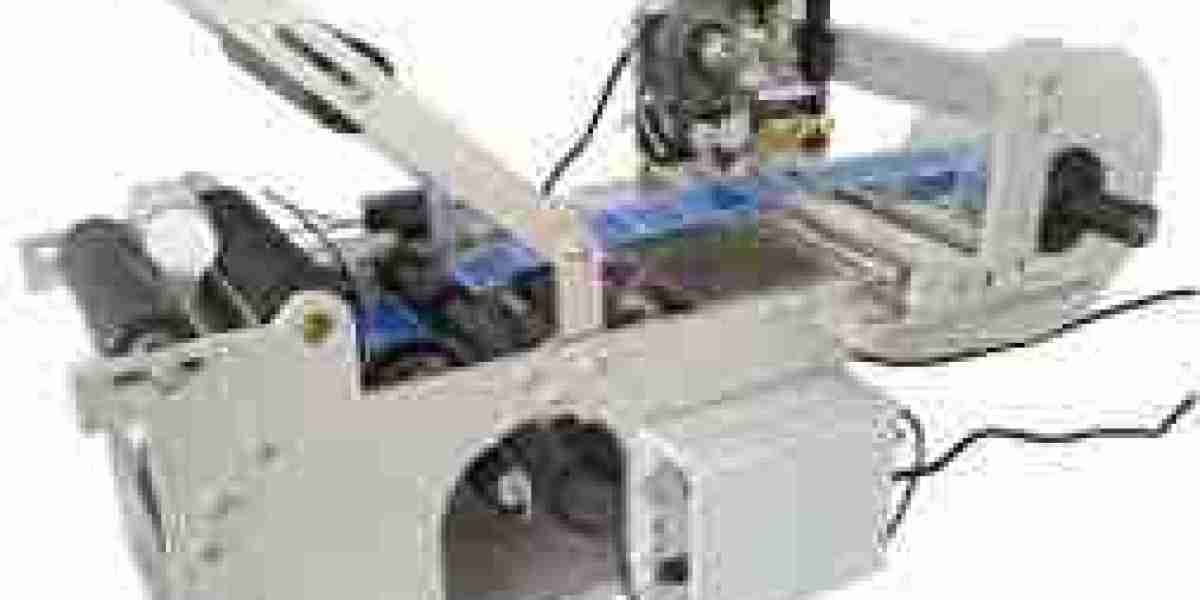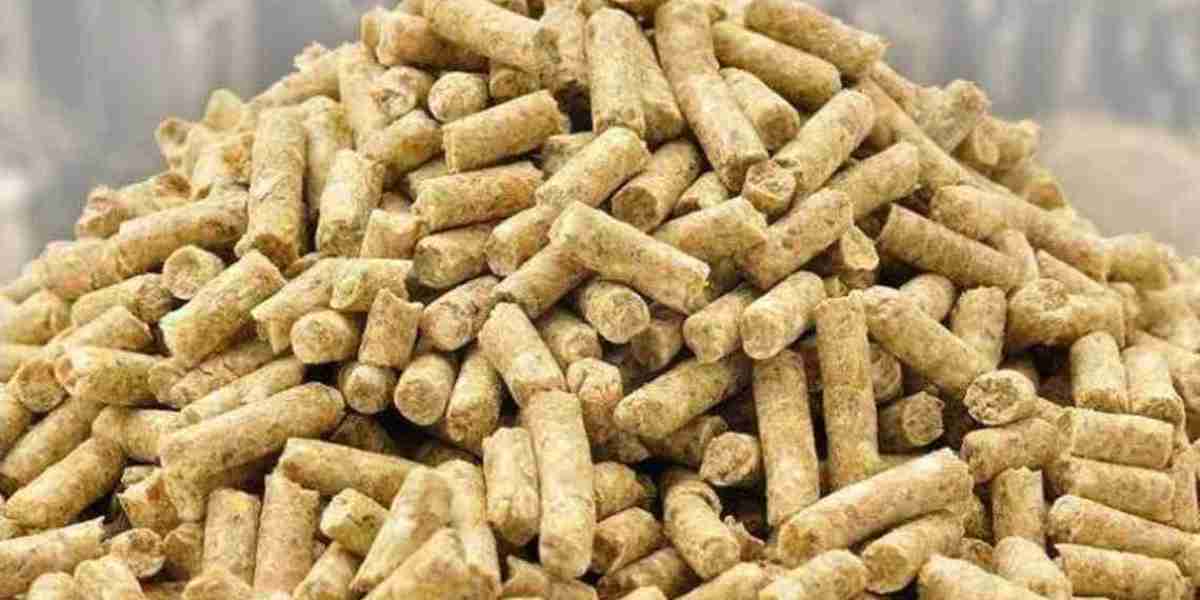As solar power becomes more integrated into everyday life, the need for reliable and efficient power conversion systems has never been more important. One key component enabling this transition is the Solar DC-DC Step Down Converter for 12V DC Appliances, particularly when powering 12V DC appliances. From small off-grid solar systems to specialized electronics setups, these converters provide an essential bridge between solar energy production and practical appliance use.
This article explores the functionality, importance, and applications of Solar DC-DC step-down converters for 12V DC appliances, along with tips on selecting and using them effectively.
What is a DC-DC Step Down Converter?
A DC-DC step-down converter, also known as a buck converter, is an electronic device that reduces the voltage from a higher DC input to a lower DC output. In the context of solar energy, these converters often reduce voltages from solar panels (typically 18V-36V) to a safe and usable 12V output suitable for various low-voltage appliances.
Key Features:
High efficiency (often 85–95%)
Stable output voltage
Compact and lightweight design
Adjustable voltage (in many models)
In solar applications, the converter ensures that the fluctuating voltage generated by the panel due to sunlight variation is brought down and stabilized to a constant 12V DC, ideal for running sensitive electronics or charging batteries.
Why Use a Step Down Converter in Solar Systems?
Solar panels do not inherently provide a consistent 12V output. Even panels labeled “12V” can produce up to 18V or more in full sunlight. Feeding this directly into a 12V appliance can cause overvoltage damage or inefficient performance.
Here’s where the step-down converter plays a critical role:
1. Voltage Regulation
It prevents damage to 12V appliances by regulating higher solar voltages down to a precise 12V output.
2. Efficiency Optimization
Step-down converters are designed to maximize energy efficiency, ensuring minimal energy loss during conversion. This is crucial for solar setups where energy is a limited resource.
3. Device Compatibility
Many off-grid systems use 12V appliances, such as LED lighting, fans, small refrigerators, or communications equipment. The converter ensures compatibility across varying devices.
Applications of Solar DC-DC Step Down Converters
Solar-powered systems are expanding across both residential and industrial sectors. Some common applications of 12V DC step-down converters include:
◉ Off-grid Solar Systems
In rural or remote areas, step-down converters are used to run lights, fans, and communication devices directly from solar panels.
◉ Solar-Powered Vehicles
Electric bicycles, RVs, and boats often use solar panels for charging and use step-down converters to run 12V accessories such as GPS units, lights, or USB charging ports.
◉ Portable Solar Chargers
Many portable solar panels come with built-in step-down converters to charge 12V devices like car batteries, camping gear, or power stations.
◉ Telecommunications Equipment
Telecom systems, especially in off-grid or backup installations, often use 12V systems powered through step-down converters to ensure reliable operation.
Types of Solar DC-DC Step Down Converters
There are various types of step-down converters suitable for different solar applications. Here are the most common ones:
1. Fixed Voltage Converters
These are preset to output 12V and are ideal for standard appliances. They are simple to use and often plug-and-play.
2. Adjustable Voltage Converters
These allow users to set the output voltage using a potentiometer or digital controller. Useful for custom or multi-voltage applications.
3. Isolated vs. Non-Isolated Converters
Isolated converters provide electrical separation between input and output—important for safety in sensitive or hazardous systems.
Non-isolated converters are more compact and efficient, ideal for less critical applications.
4. MPPT Integrated Converters
Some advanced models include Maximum Power Point Tracking (MPPT) technology, which optimizes solar panel output before stepping down voltage. This improves overall efficiency, especially in variable sunlight.
How to Choose the Right Converter for Your Needs
When selecting a solar DC-DC step-down converter for a 12V appliance, consider the following:
✓ Input Voltage Range
Ensure the converter supports the voltage range your solar panel produces (e.g., 18V to 36V for many panels).
✓ Output Voltage
Make sure the output is stable at 12V, and if adjustable, it should allow fine-tuning to exactly 12.0V for sensitive electronics.
✓ Current Capacity
Determine how much current (amperage) your appliances need. Choose a converter with at least 20–30% higher current capacity than your maximum load.
✓ Efficiency
Look for converters with 90%+ efficiency to reduce heat generation and power loss.
✓ Thermal Protection and Safety Features
Overvoltage, overcurrent, and thermal protection are important for long-term reliability and safety.
Installation Tips and Best Practices
Proper installation ensures safety and longevity. Here are some key tips:
Use Appropriate Wiring: Use thick wires for higher current loads to reduce resistance and prevent heating.
Mount on a Heatsink: High-powered converters may generate heat and should be mounted on a heat-dissipating surface.
Protect from Moisture: Use waterproof enclosures for outdoor or mobile setups.
Fuse the Output: Add a fuse on the 12V output line to protect the appliance and the converter from overload.
Future of Solar DC-DC Conversion
As solar technology advances, converters are becoming smarter and more compact. Integration with IoT, remote monitoring, and automatic load balancing is already underway. Future models may include AI-based optimization for energy usage in off-grid systems, further increasing efficiency and reliability.
Moreover, the trend toward DC microgrids in homes and offices is creating new demand for high-efficiency step-down converters to run a range of DC appliances directly from solar systems without converting to AC.
Conclusion
The Solar DC-DC Step Down Converter for 12V DC Appliances is a small but powerful component that plays a major role in efficient, safe, and practical use of solar power. Whether you’re setting up a simple off-grid lighting system or designing a complex solar-powered vehicle, understanding and selecting the right converter is essential.
By ensuring a stable 12V output from variable solar inputs, these converters protect your appliances, reduce energy waste, and open up possibilities for more sustainable living.




